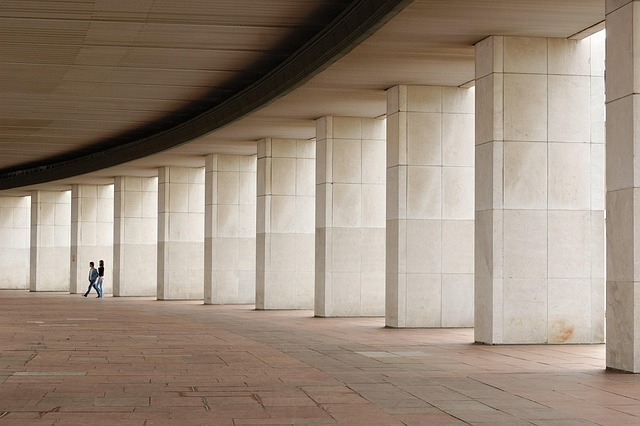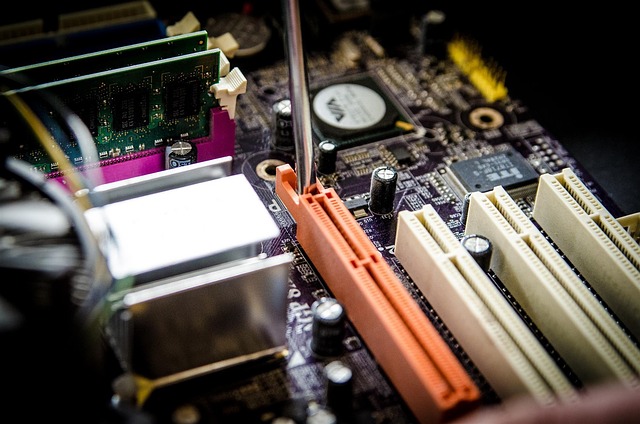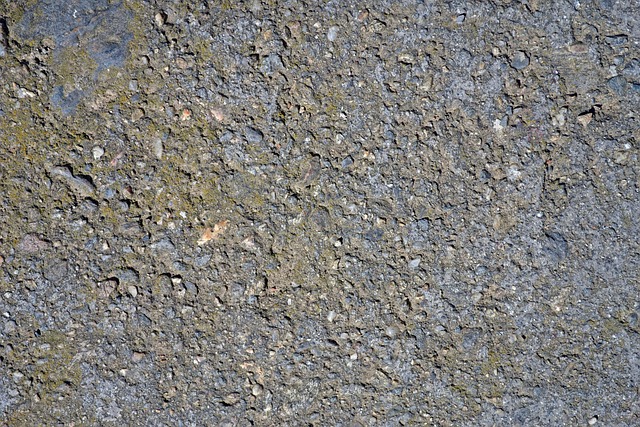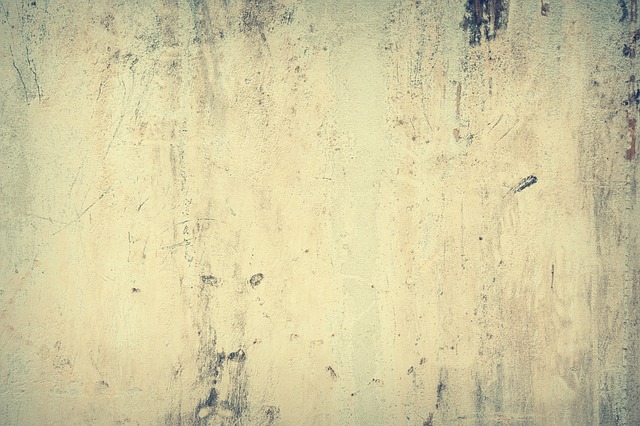Concrete repair is crucial for maintaining building integrity, with damage from cracking, spalling, and construction flaws requiring professional solutions. Early detection through regular inspections prevents costly renovations. Advanced technologies like LiDAR, thermal imaging, polymers, and fiber-reinforced composites offer non-invasive, efficient repairs, replacing traditional invasive methods. Modern techniques provide faster, durable fixes for cracks, leaks, and weak foundations, ensuring structural longevity. Regular maintenance, including waterproofing and reinforcement, is essential for long-term concrete repair success, saving costs and safeguarding investments.
Structural foundation repair is a critical aspect of maintaining the integrity and longevity of any building. This comprehensive article delves into the intricate world of concrete repair, addressing various challenges and innovative solutions. From understanding common structural damage causes to exploring advanced technologies, we provide an in-depth review.
Learn about early detection methods, non-invasive evaluation techniques, and the evolving landscape of traditional vs. modern repair approaches. Discover effective treatments for cracking, settlement, and heave issues, and gain insights from real-world case studies. Additionally, we discuss long-term maintenance strategies and cost-benefit justifications for investing in concrete repair solutions.
Understanding Concrete Structural Damage: Common Issues and Causes

Concrete structural damage can arise from various factors, leading to serious issues that require professional concrete repair services. One of the most prevalent problems is cracking, which can be caused by a range of circumstances including settlement, frost heaving, and excessive moisture. These cracks, if left unattended, may weaken the foundation, compromising the structural integrity of a building.
Another common issue is spalling, where concrete surfaces break away or flake off. This often results from water penetration, corrosion of steel reinforcement bars, or chemical attacks. Poor initial construction, such as improper grading or inadequate drainage, can also contribute to these problems. Understanding the root causes of concrete damage is crucial for effective and lasting concrete repair solutions.
The Importance of Early Detection in Concrete Repair

Early detection is crucial when it comes to concrete repair, as it can mean the difference between a quick, manageable fix and a costly, extensive renovation. Concrete structures, over time, are susceptible to various issues such as cracks, erosion, and settlement, which are often indicators of deeper structural problems. Regular inspections and maintenance checks can help identify these issues at their infancy, allowing for prompt action.
By addressing concrete repair needs early, professionals can prevent further damage and ensure the longevity of the structure. This is particularly important in commercial or industrial settings where large concrete slabs and foundations are common. Effective concrete repair methods, when implemented timely, can save businesses from costly downtime and structural failures.
Non-Invasive Methods for Evaluating Foundation Stability

Non-invasive methods have revolutionized the way we assess and repair structural foundations, especially in concrete structures. Traditional invasive techniques often involve extensive excavation and disruption of the surrounding area. However, modern technology offers more subtle approaches for evaluating foundation stability. Remote sensing technologies such as LiDAR (Light Detection and Ranging) and thermal imaging can provide detailed 3D models and identify anomalies without breaking the ground.
These methods allow experts to detect cracks, settlement, or other signs of damage non-destructively. For instance, LiDAR scans can create precise maps, revealing subtle changes in elevation that might indicate underlying foundation issues. Similarly, thermal imaging cameras can pinpoint temperature variations, which could be indicative of structural problems like moisture intrusion or uneven settling. By employing these advanced tools, concrete repair professionals can make informed decisions about the extent of damage and choose the most suitable non-invasive methods for foundation stabilization.
Advanced Technologies in Concrete Repair: A Review

In recent years, advanced technologies have emerged as game-changers in the realm of concrete repair. These innovations offer more efficient and durable solutions compared to traditional methods, addressing various structural issues such as cracks, leaks, and weakness in concrete foundations. One prominent technology is the use of advanced polymers and resins that can fill micro-cracks and prevent further damage. These materials are flexible, water-resistant, and capable of bonding strongly with concrete, enhancing its strength and longevity.
Additionally, fiber-reinforced composites have gained traction for their exceptional tensile strength and corrosion resistance. Fibers like carbon or glass are incorporated into the repair mixture, providing enhanced structural integrity. Moreover, advanced scanning and imaging technologies enable precise identification of damage and targeted repairs, minimizing unnecessary work and cost. This approach, combined with automated repair systems, is revolutionizing concrete repair processes in both residential and commercial settings.
Traditional vs. Modern Approaches to Structural Foundation Restoration

In the realm of structural foundation repair, the evolution from traditional methods to modern techniques has been transformative. Historically, concrete repair involved labor-intensive processes such as jacking, bracing, and replacing damaged sections with new concrete. These approaches often required extensive excavation, disruption of surrounding structures, and lengthy construction periods. However, the advent of modern technology and innovative materials has introduced more efficient and effective solutions.
Today, advanced techniques like chemical injection, carbon fiber reinforcement, and polymer-based repairs offer faster turnaround times, minimal site disturbance, and enhanced durability. For instance, concrete repair using epoxy injections can effectively stabilize cracks and joints, eliminating the need for extensive structural modifications. Similarly, carbon fiber grids provide a lightweight yet robust alternative to traditional steel reinforcements, enabling more flexible design options while improving overall structural integrity. These modern approaches not only expedite restoration projects but also contribute to longer-lasting, aesthetically pleasing results without compromising structural soundness.
Effective Solutions for Cracking, Settlement, and Heave Problems

Cracks in structural foundations can be a significant concern, but there are effective solutions for repairing and preventing further damage caused by cracking, settlement, and heave issues. Concrete repair techniques have advanced, offering durable and long-lasting fixes. For minor cracks, an epoxy injection method is often used, where a specialized epoxy resin is injected into the crack to fill and strengthen it from within. This process not only stops the crack from spreading but also provides a protective barrier against moisture intrusion, which can exacerbate concrete damage.
In cases of more extensive foundation issues, such as settlement or heave problems (caused by ground movement), more comprehensive solutions are required. This may involve underpin methods, where support is added beneath the foundation to stabilize it. Pile driving or deep foundations can be utilized to enhance structural integrity and prevent future shifts. Concrete repair experts can assess and recommend suitable techniques based on the severity of the damage, ensuring a robust and secure foundation for any structure.
Case Studies: Successful Concrete Repair Projects Across Different Environments

In the realm of structural foundation repair, concrete repair stands as a cornerstone of successful restoration. Diverse case studies across various environments highlight the versatility and effectiveness of concrete repair techniques. For instance, in urban settings plagued by dense hustle and bustle, professional contractors have expertly addressed concrete deterioration caused by heavy traffic and harsh weather conditions. These projects involve intricate processes such as epoxy injection to fill micro-cracks, enhancing the structural integrity of buildings without causing significant disruptions to city life.
On the other hand, remote areas facing unique challenges, like extreme moisture levels or acidic soil, have seen remarkable transformations through specialized concrete repair methods. Contractors employ advanced techniques including chemical restoration to neutralize corrosive elements and restore the concrete’s pH balance. By combining these innovative solutions with traditional repairs like concrete patching and scaling, even the most demanding environments can be successfully tackled, ensuring the longevity of structures across diverse landscapes.
Long-Term Maintenance Strategies for Restored Structural Foundations

Maintaining a restored structural foundation is a long-term commitment, crucial for ensuring the longevity and stability of any building. Regular inspections are paramount to identifying potential issues early on. This proactive approach allows for timely concrete repair, preventing more extensive damage down the line. By keeping an eye on cracks, unevenness, or signs of water intrusion, homeowners and property managers can safeguard their investments.
Effective maintenance involves a combination of strategies, including sealing and waterproofing measures to guard against moisture penetration, which is a common cause of concrete deterioration. Additionally, re-reinforcement and strengthening techniques can be employed to enhance the foundation’s capacity to withstand environmental stresses, ensuring stability for years to come.
Cost-Benefit Analysis: Justifying the Investment in Concrete Repair

When considering structural foundation repair, a cost-benefit analysis is crucial to justify the investment in concrete repair. While upfront costs can be significant, failing to address concrete issues can lead to more severe and expensive problems down the line. Ongoing maintenance and potential resale value gains should be taken into account, as well as the peace of mind that comes from knowing your home’s foundation is stable and secure.
Concrete repair offers long-term solutions, preventing further damage caused by cracks, settlement, or other structural failures. By investing in quality concrete repairs, homeowners can mitigate risks associated with unstable foundations, ensuring the safety and integrity of their homes for years to come. This proactive approach not only saves on costly future repairs but also maintains the value of the property.
